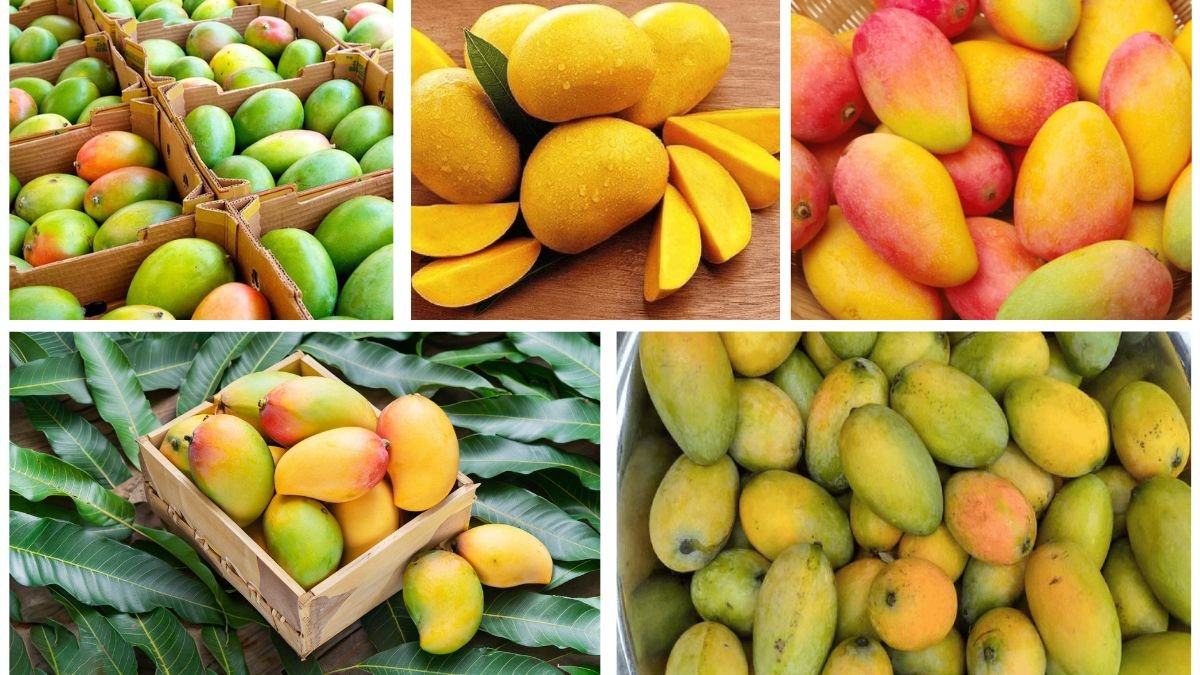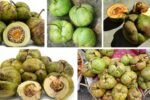Mangoes, often called the “king of fruits,” are beloved around the world for their irresistible sweetness, rich aroma, and refreshing taste. Whether enjoyed fresh, blended into smoothies, or used in savory curries and chutneys, mangoes hold a special place in both culinary traditions and global trade.
But when it comes to production, one country stands far ahead of the rest. So, which country is the top global producer of mangoes? Let’s explore the answer in detail by looking at global mango cultivation, leading producers, and the economic and cultural significance of this golden fruit.
Mangoes: A Global Favorite
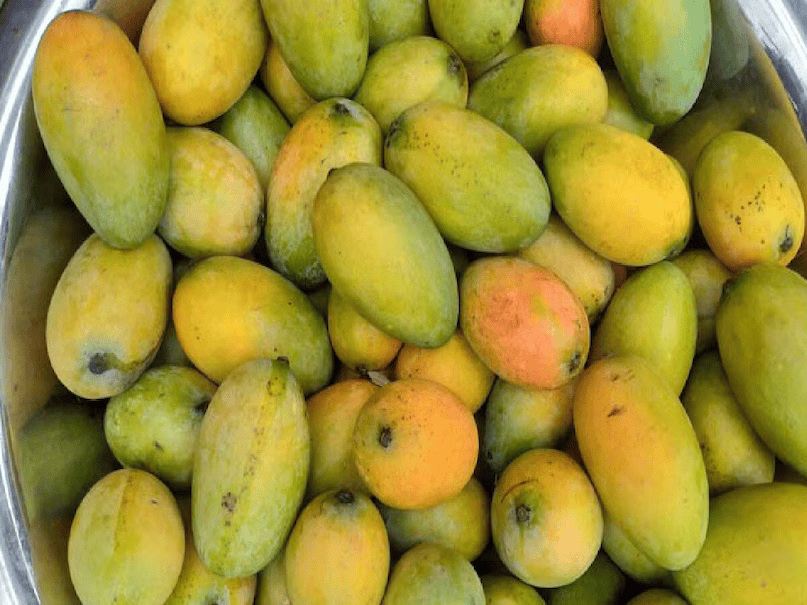
- Scientific name: Mangifera indica
- Origin: Native to South Asia, particularly India and Myanmar, mangoes have been cultivated for more than 4,000 years.
- Global popularity: Today, mangoes are grown in tropical and subtropical regions across Asia, Africa, and the Americas.
- Varieties: Over 1,000 varieties exist, ranging from the creamy Alphonso in India to the fibrous Haden in the Americas.
Mangoes are more than just a fruit—they are part of cultural celebrations, seasonal festivals, and even symbols of prosperity and love in many societies.
The World’s Top Mango Producer: India
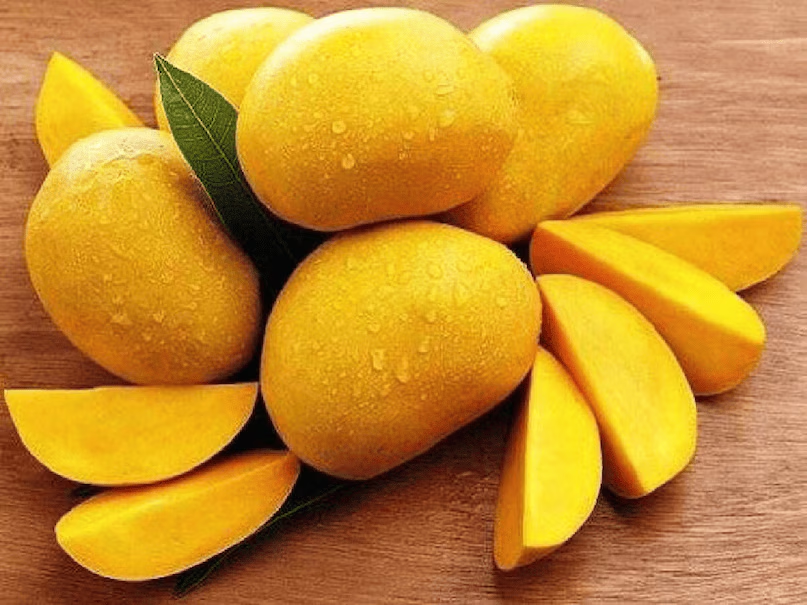
When it comes to mangoes, India is the undisputed leader, producing the highest volume worldwide.
India’s Mango Production at a Glance
- Share in global production: Around 40–45% of the world’s total mango supply.
- Annual production: Over 20 million metric tons of mangoes.
- Major growing states: Uttar Pradesh, Andhra Pradesh, Maharashtra, Telangana, Karnataka, Gujarat, and Bihar.
- Popular varieties: Alphonso, Dasheri, Langra, Kesar, Himsagar, Banganapalli, Neelum, and Totapuri.
Why India Leads in Mango Production
- Climate Advantage
- India’s tropical and subtropical climate provides ideal conditions for mango trees, which need warm weather and long dry spells for fruiting.
- Diverse Varieties
- India cultivates hundreds of unique varieties, each with distinct flavor, texture, and seasonality. This diversity allows for continuous mango supply across months.
- Cultural Importance
- Mangoes are deeply tied to Indian culture and traditions. They appear in religious rituals, weddings, and festivals. The fruit is celebrated every summer as a seasonal delight.
- Large Land Area for Cultivation
- Millions of hectares are devoted to mango orchards, making India not just the largest producer but also the most diverse in cultivation.
Mango Cultivation in India
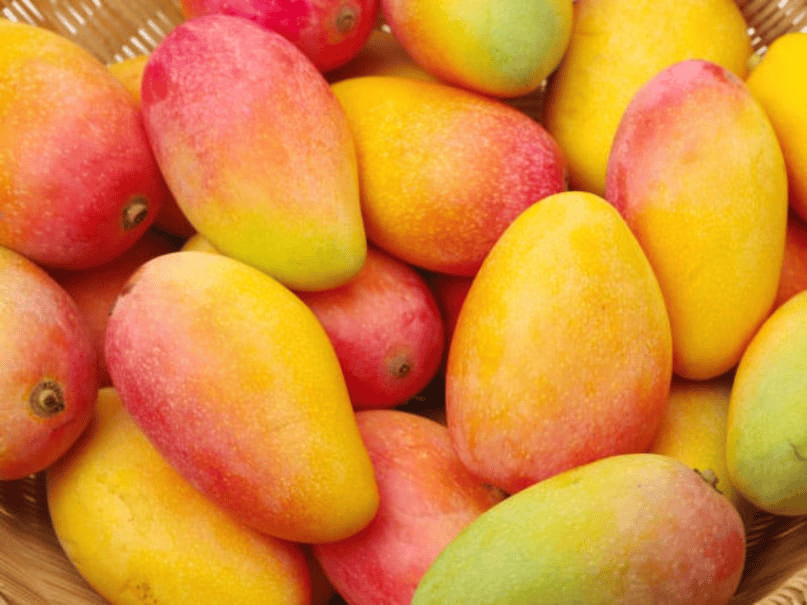
- Seasonality: Mango season in India typically runs from March to July, depending on the region and variety.
- Cultivation practices: Farmers rely on traditional methods combined with modern irrigation and grafting techniques to enhance yield.
- Regional specialties:
- Maharashtra is famous for the Alphonso, often considered the finest mango globally.
- Uttar Pradesh is known for Dasheri and Langra.
- West Bengal celebrates Himsagar and Lakshmanbhog.
Global Mango Producers: The Runners-Up
While India dominates, other countries also contribute significantly to global mango supply:
- China
- Second-largest producer.
- Produces around 4–5 million metric tons annually.
- Mango production is concentrated in southern provinces like Guangxi, Yunnan, and Hainan.
- Thailand
- Famous for its sweet Nam Dok Mai mangoes.
- A major exporter, particularly to East Asia and Europe.
- Indonesia
- Produces several million tons of mangoes each year.
- Varieties like Arumanis and Gedong Gincu are popular.
- Pakistan
- Renowned for its Chaunsa and Sindhri varieties.
- Exports large quantities to the Middle East, Europe, and North America.
- Mexico
- Leading mango producer in the Americas.
- A major exporter to the United States, especially varieties like Haden, Tommy Atkins, and Kent.
- Brazil, Egypt, and Nigeria
- Emerging players in global mango production, supplying regional and export markets.
Economic Significance of Mango Production
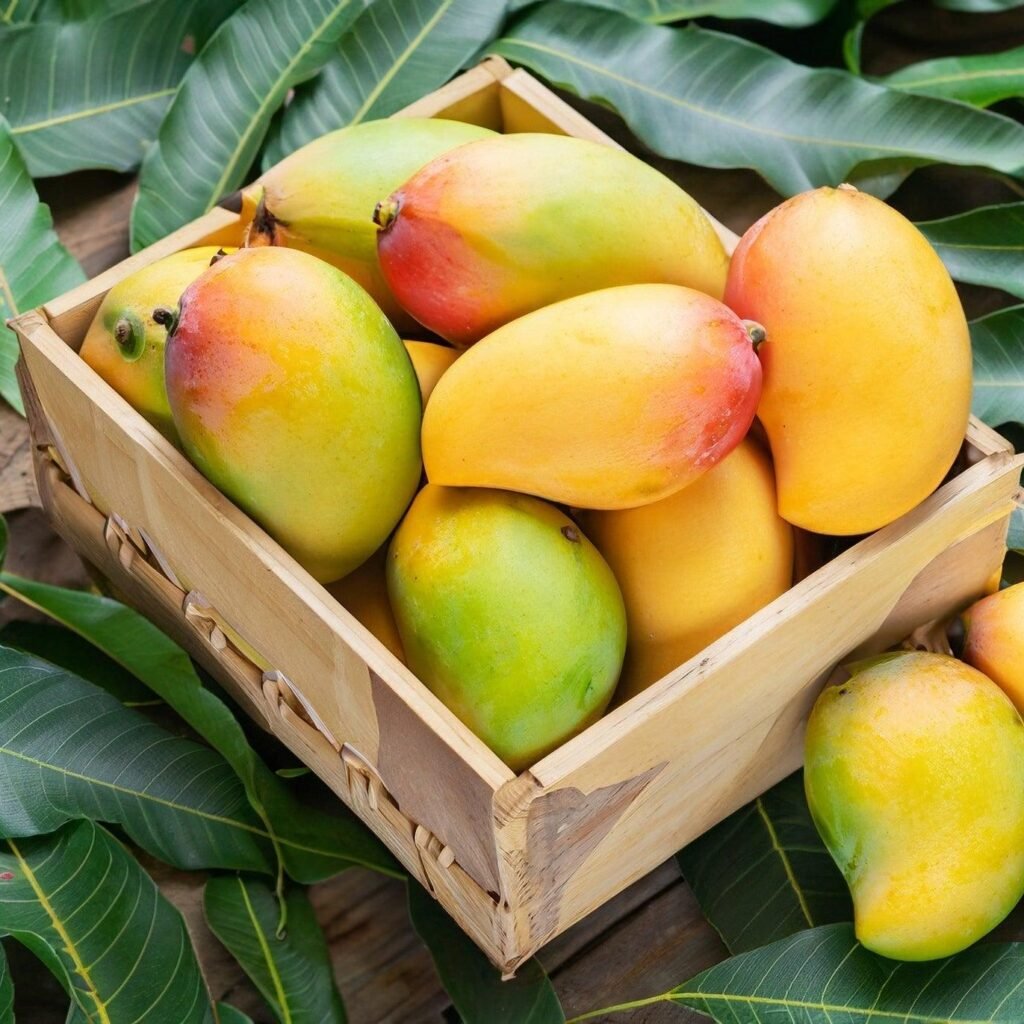
Mangoes aren’t just a fruit—they are a billion-dollar industry worldwide.
- Domestic Consumption
- India consumes nearly all of its mango production domestically. Despite producing the most, it exports less than 2% of its harvest.
- Exports
- Mexico, Pakistan, and Thailand are leading exporters due to their proximity to major international markets.
- The Middle East, Europe, and the U.S. are the top importers.
- Employment
- Millions of farmers and workers in India and other tropical countries rely on mango farming for their livelihoods.
Nutritional Value of Mangoes
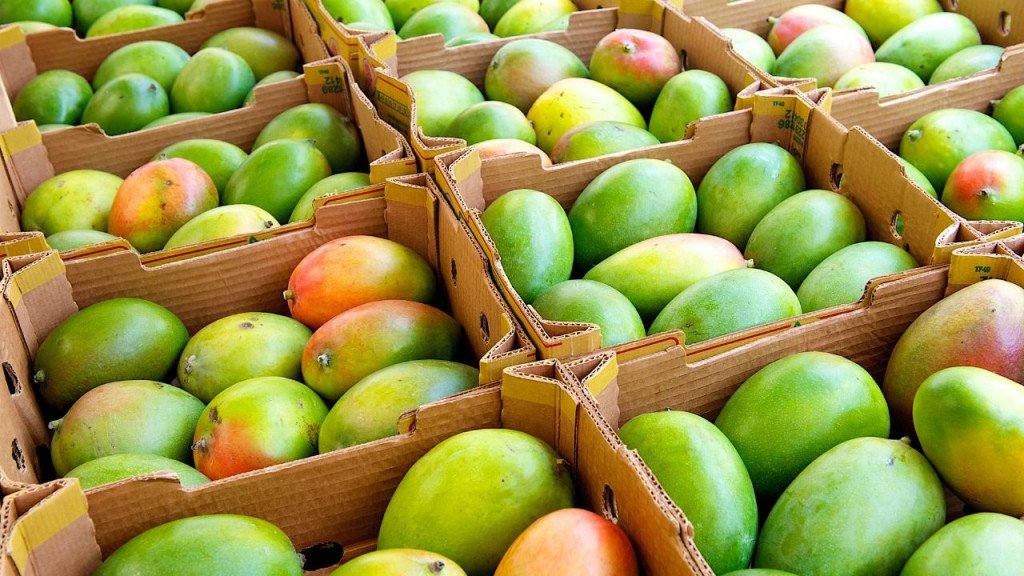
Mangoes are not just delicious but also incredibly healthy:
- Rich in Vitamin C – Boosts immunity and skin health.
- High in Vitamin A – Supports vision and growth.
- Dietary fiber – Aids digestion.
- Antioxidants – Help protect against chronic diseases.
- Low in fat – Makes mango a guilt-free indulgence.
This combination of taste and nutrition explains their worldwide popularity.
Challenges in Mango Production
Even though India leads production, mango cultivation faces challenges globally:
- Climate Change – Rising temperatures and unpredictable rains affect flowering and fruiting cycles.
- Pests and Diseases – Mango hoppers, fruit flies, and anthracnose disease threaten yield.
- Post-Harvest Losses – Mangoes have a short shelf life, leading to wastage during transport and storage.
- Export Barriers – Strict quality checks and international standards limit global mango trade.
Future Prospects
The global mango industry has immense growth potential:
- Rising Demand – Exotic fruit markets are expanding in Europe, the U.S., and East Asia.
- Processed Products – Mango pulp, juices, pickles, and dried mango slices increase shelf life and profitability.
- Sustainable Practices – Eco-friendly farming and improved cold storage can enhance production and export.
- Branding Varieties – Premium branding (like Alphonso from India or Ataulfo from Mexico) is helping countries market mangoes as luxury fruits.
Fun Cultural Facts About Mangoes
- Mango is the national fruit of India, Pakistan, and the Philippines.
- In Hindu mythology, mango leaves symbolize prosperity and are used to decorate during festivals and weddings.
- The world’s largest mango-producing state, Uttar Pradesh (India), even hosts an annual Mango Festival showcasing hundreds of varieties.
- Alexander the Great is said to have enjoyed mangoes during his Indian campaign in 327 BCE.
Final Thoughts
The mango, with its unmatched flavor and versatility, is truly the crown jewel of tropical fruits. While many countries cultivate it, India stands as the top global producer of mangoes, contributing nearly half of the world’s supply. This dominance comes not only from favorable climate and vast cultivation areas but also from the fruit’s cultural and culinary significance within the country.
As demand for exotic fruits grows worldwide, the mango’s golden future looks promising. From orchards in India to supermarket shelves in the West, this fruit continues to unite people through its sweetness, aroma, and tradition.
